Yoga is not just a physical exercise. It is a self exploration and spiritual development. Do you know how many types of yoga there are in total? Talking about various forms of yoga, we do not refer to such poses as Hatha, Vinyasa or Ashtanga. We consider the spiritual strata of Bhagavad Gita that speaks about four yoga paths, i.e. Karma, Bhakti, Jnanas and Raja. The several yoga techniques put emphasis on breathing, meditation and flexibility.
The yoga paths are different and each one of these paths has its method of achieving self realisation, which suits various spiritual inclinations and personalities. Different methods of yoga focus on breathing and meditation and flexibility. Continue reading to get to know more about the Four types of yoga and self realisation.
Bhakti Yoga: The Path of Love and Devotion
The Bhakti Yoga can be referred to as the way of loving devotion or trusting and worshiping or surrendering to the God within each of us. A Bhakti Yogi has no anger and expectations or desires about everything that occurs as God has gifted him or her. The Bhagavad Gita teaches that faith in God is one way of being free. Self love becomes unselfish love of the divine within us and without us.
_1762933562.jpg)
Who is Bhakti Yoga for?
The meaning of yoga symbols shows deeper spiritual and philosophical insights. Bhakti Yoga is a potent way of self realization. It is accessible to all people regardless of their background, education or age and their religion. Yoga symbols have deeper spiritual and philosophical significance because of the meaning they hold. This is a good trail to follow by individuals who are heart centered and emotion driven.
The Bhakti Yoga practices will make them at home who nourish on relationships and feelings. It suits persons who desire to be spiritual by being loving, devoted and surrendering rather than being disciplined and analytical. The bhakti yoga bhagavad gita teaches devotion to God as a path to liberation.
Karma Yoga: The Way of Right Action
Karma Yoga refers to the way of action without self. It is concerned with acting with piety to the Divine and without being attached to outcomes. The branches of yoga include Karma, Bhakti, Jnana and Raja yoga. The Jnanayoga also has the meaning of path of knowledge and wisdom.
This way of yoga forms a strict and kindhearted spirit, in comparison with other types of yoga. Stated in another way, it is a spiritual practice that prompts you to do something nice. According to Bhagavad Gita, selfless actions can lead to oneness. To live a path of right action, you have to abandon the fruits of any action.
You also have to adhere to your own purpose in life (Dharma) and put all the actions to the Divine Self. You won't do anything in your own interests or to your advantage. Rather, you will perform in the interest of men and in the interest of the Godhead. This incinerates selfish habits, relaxes worldly attachments and gives a steady mind. Moksha yoga is supposed to assist in attaining liberation and spiritual freedom.
_1762933730.jpg)
Who is Karma Yoga for?
Karma Yoga is the best to use when individuals feel good when they do and assist. It is targeted to those who would like to combine their spiritual activity with the normal job. Hence, it is good for the active people or the people who help other people.
This form of yoga is also helpful to those who desire to develop humanity and patience by surrendering the ego to run their activities. Moksh yoga is believed to help achieve liberation.
Also Go Through:- Difference Between Karma and Dharma
Jnana Yoga: The Path of Wisdom
The jnana yoga meaning is the path of knowledge and wisdom. Jnanayoga, which is sometimes referred to as the path of knowledge and wisdom, is a way of learning by thinking and introspection of oneself. It makes you see the reality about yourself through questioning and thinking. The ego driven ignorance keeps us out of our true Self according to this path. Through questions, observing our thoughts and long thinking we pull this ignorance up and realize the true identity of who we are.
_1762933805.jpg)
Who is Jnana Yoga for?
This is the way as the Bhagavad Gita states that many intellectuals prefer because it applies logic and reasoning. Jnana Yoga would be appropriate to individuals who think critically and require understanding the truths of life. It is not very vigorous like other forms of yoga and is suitable for those who are inclined to appreciate philosophy, reading religious books and are highly mindful and self disciplined when it comes to meditation.
Raja Yoga: The Path of Meditation
The royal path which is also known as Raja Yoga and involves controlling the mind by means of meditation and living a disciplined life.
- According to this yoga our true self is far away since our mind is restless.
- According to Bhagavad Gita or meditation relaxes the mind and allows one to concentrate on the very real self and thus comprehend it.
Most scholars believe that this road was subsequently codified in the Yoga Sutras of Patanjali in the form of Ashtanga Yoga which are the Eight Parts of Yoga that allow you to realize yourself.
Who is Raja Yoga for?
Raja Yoga is the practice of spiritual growth that is desired by an individual. It suits people who prefer order, attach importance to details, like living in meditation and self-reflection.

Final Thoughts
The four paths of yoga Karma Yoga, Bhakti Yoga or Jnana Yoga and Raja Yoga offer different ways to reach the same goal of self realization and harmony. Each path teaches us to purify the mind or control desires and develop a deep connection with the inner self. Whether through selfless actions, devotion and wisdom or meditation and these yogic paths help bring peace or balance and spiritual awakening or guiding us toward a meaningful and enlightened life.












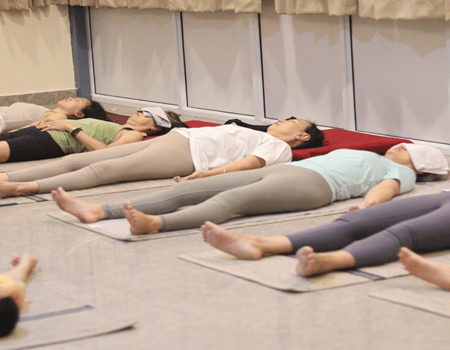
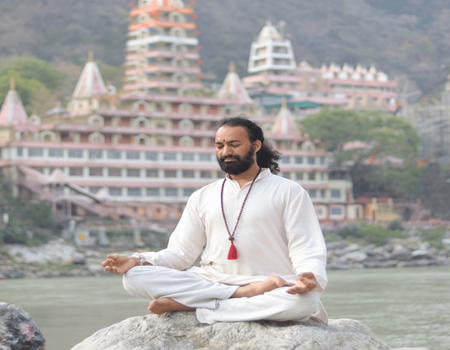
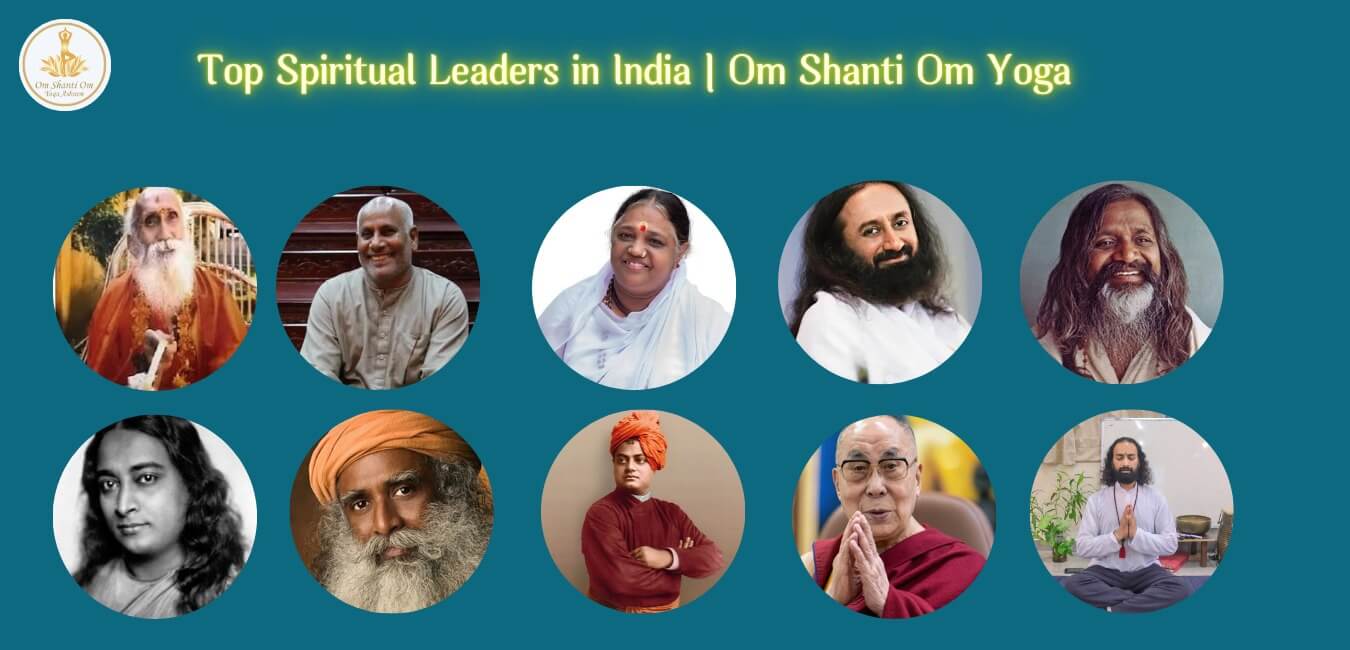


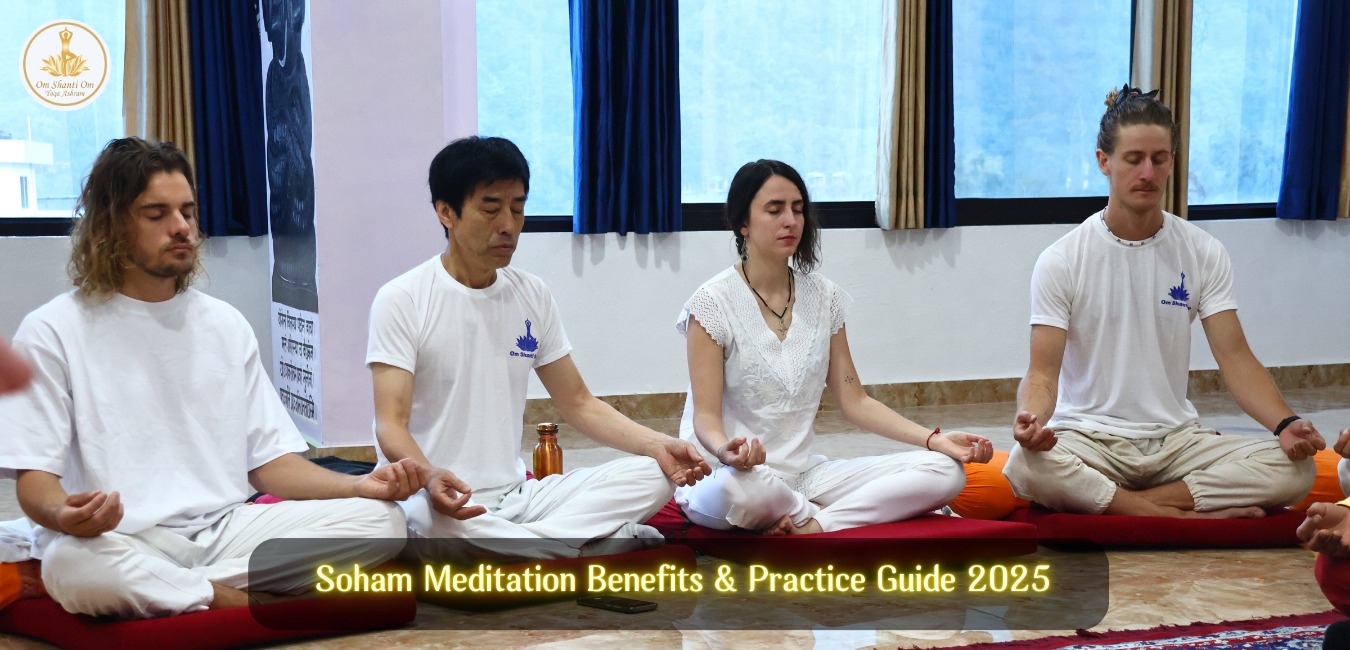

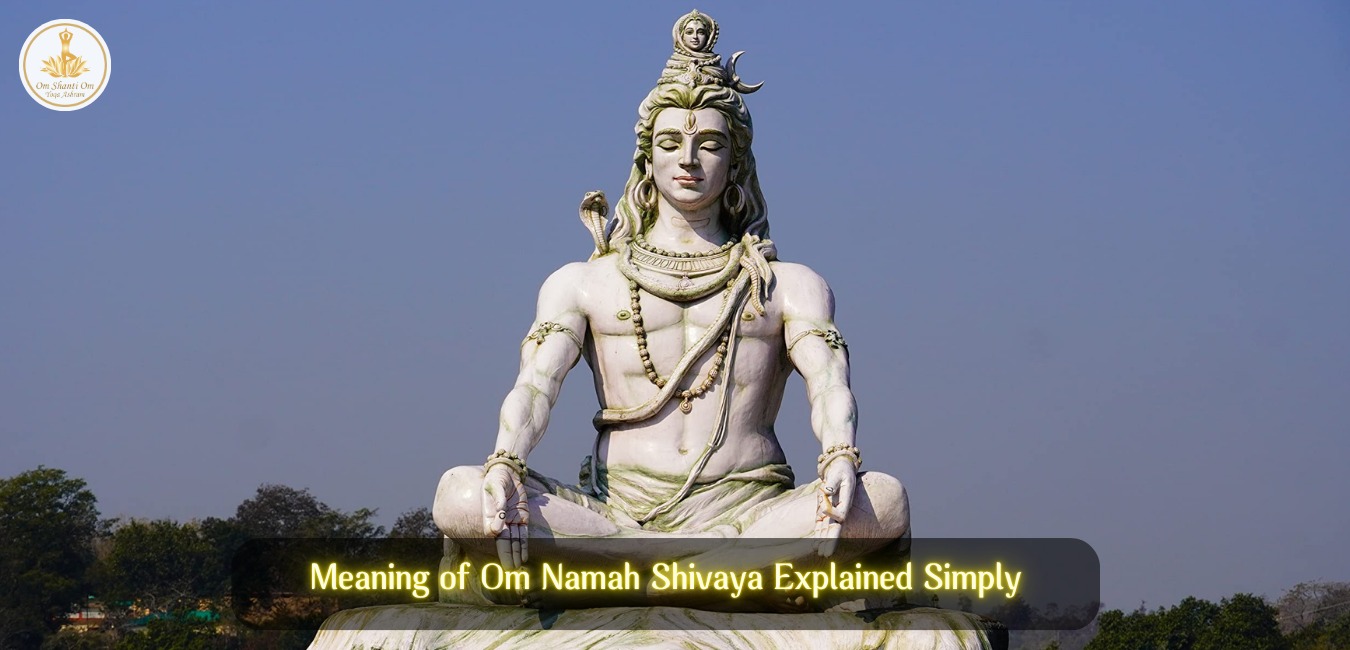
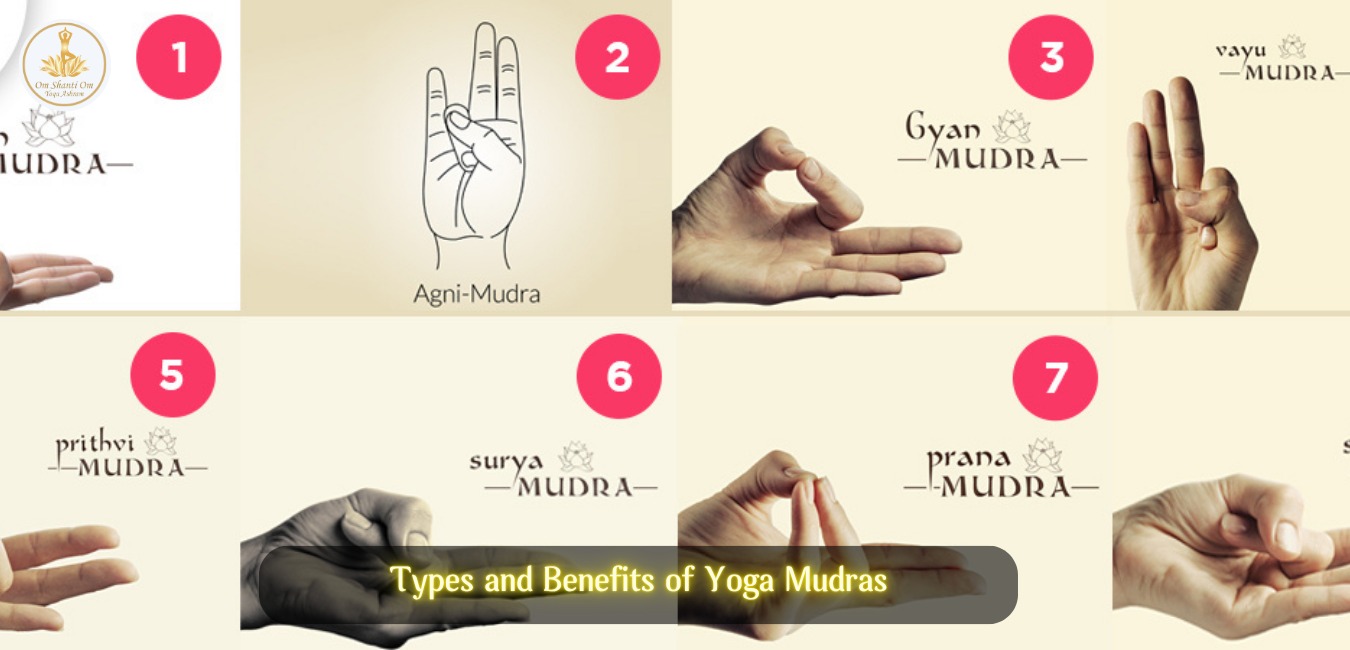
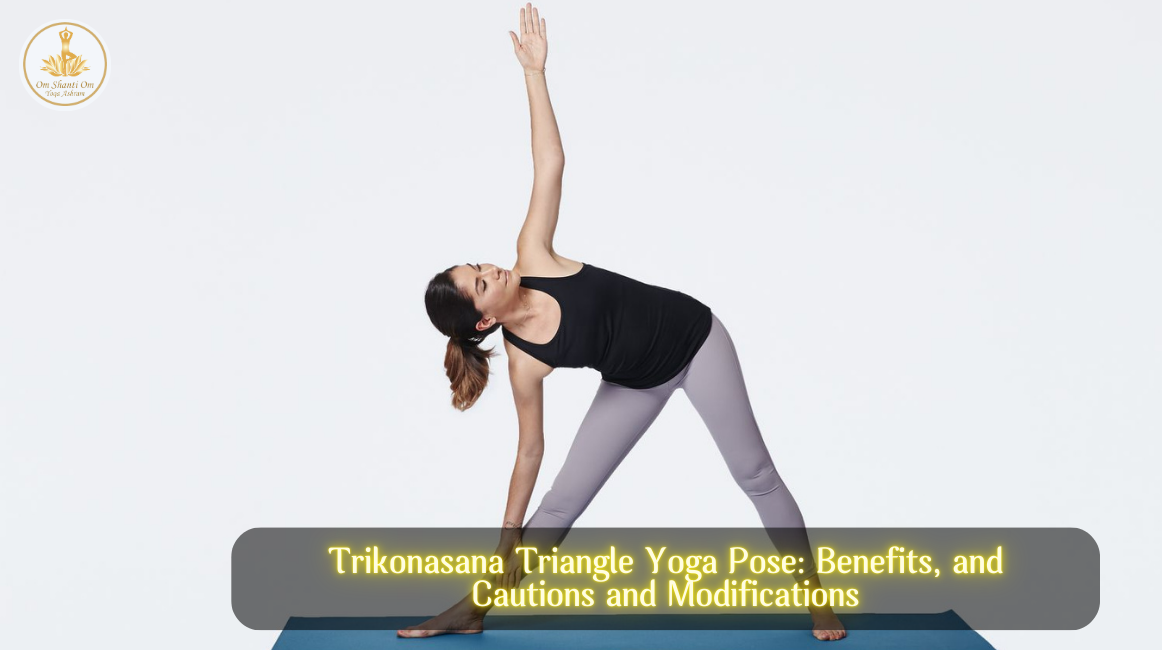


0 Comments
No comments yet. Be the first to comment!